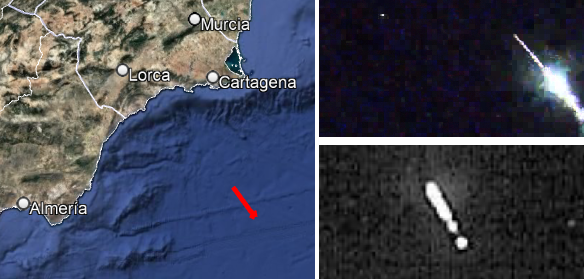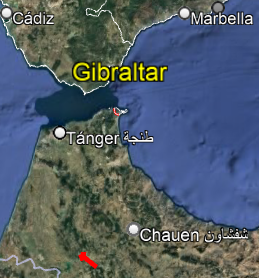
In mid-October, we are witnessing a beautiful proliferation of fireballs in our skies.
Last days, on October 15th, 16th and 19th, SMART Project detectors registered fireballs from Calar Alto (Almería), La Hita (Toledo), Sierra Nevada (Granada), La Sagra (Granada), Otura (Granada), Mazagón (Huelva) and Seville observatories.
In addition, some of the external cameras of Calar Alto Observatory, in Almería, registered these events.
At present, the preliminary analysis carried out by Professor José María Madiedo (Instituto de Astrofísica de Andalucía IAA-CSIC), PI of the SMART Project, extracted the data from the objects that took place on October 15th and October 19th.
October 15th
- Type of event: cometary
- Initial speed: 90.000 km/h
- Initial altitude: 101 km
- Final altitude: 69 km
This fireball happened to the southeast of Spain, all above the Mediterranean Sea, as it is shown on the right image. One of the record photogram showed the last part of the object like an exclamation mark, on its final fulguration. Below are the videos registered with the external cameras of Calar Alto Observatoy in Almería.
October 16th
At present, no information could be gathered from this event. Below is the video registered with one of the external cameras operated at Calar Alto Observatory in Almería.
 October 18th
October 18th
- Type of event: asteroidal
- Initial speed: 67.000 km/h
- Initial altitude: 82 km
- Final altitude: 38 km
In this case, the fireball took place above North Africa. Below is the video registered with the south camera of Calar Alto Observatory in Almería.
 October 19th
October 19th
- Type of event: cometary
- Initial speed: 249.000 km/h
- Initial altitude: 140 km
- Final altitude: 82 km
This fireball happened far away from Calar Alto Observatory, above Zamora province at the northwest part of Spain, more than 600 km in a straight line, as shown on the right image. Below are videos registered with two of the external cameras located at Calar Alto Observatory in Almería.
Calar Alto (CAHA) fireball detection station, together with the one at the Observatory of Sierra Nevada (IAA-CSIC) and others placed at different locations in Spain, are part of the S.M.A.R.T. project led by Professor José María Madiedo (IAA) to track that kind of objects. Specifically, Calar Alto (CAHA) station and the one at Sierra Nevada (IAA-CSIC) constitute a collaboration agreement between the IAA researcher José María Madiedo and both institutions.
 English (UK)
English (UK)
